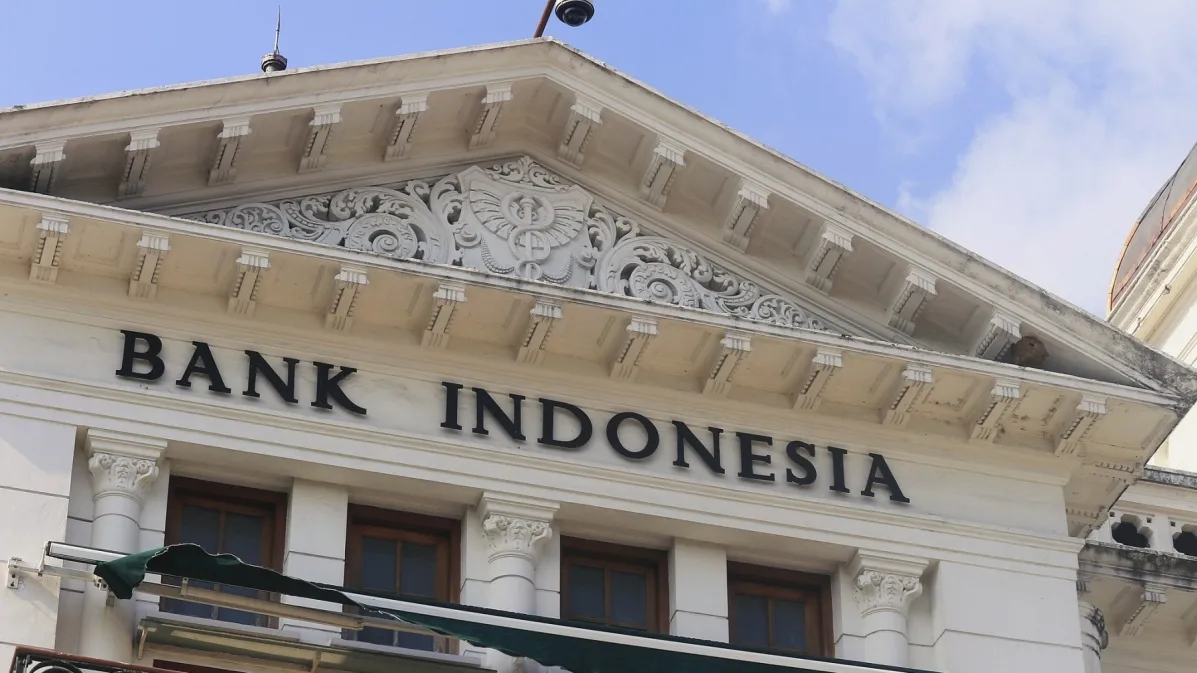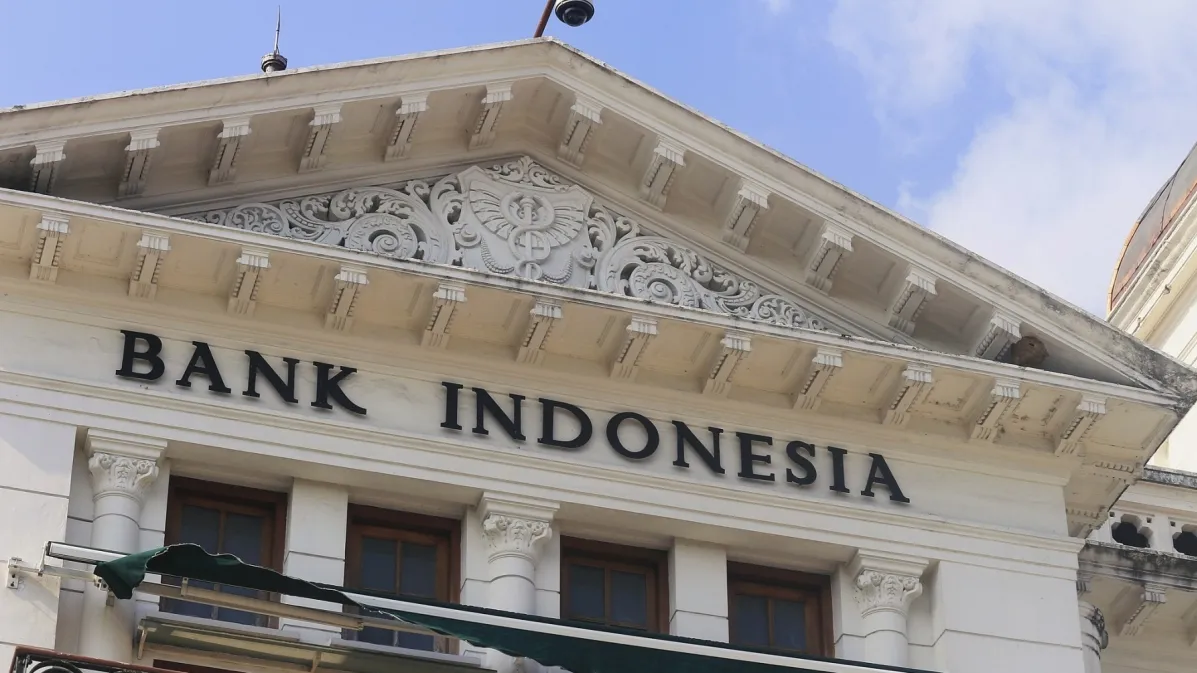
Chinese banks' profits surged 34.5% to RMB 899.09b in 2010
Total assets also increased by 19.9% to a whopping RMB 95.3 trillion as of end-2010.
According to People Bank of China's Financial Stability Report 2011, China’s banking sector seriously implemented macroeconomic policies, continued to optimize credit structure to support transformation of the economic development pattern and economic restructuring, and continuously improved financial services in 2010. Great achievements were made in the reform of banking institutions. ABC was successfully listed which marked
the completion of the shareholding reform of large commercial banks, and the reform of policy financial institutions and rural financial system steadily proceeded. These moves have further strengthened the foundation for sound
performance of the banking sector.
Recent Developments
Total assets and liabilities continued to increase. As of end-2010, total assets of banking institutions increased by 19.9 percent y-o-y to RMB 95.3 trillion yuan, and total liabilities grew by 19.2 percent to RMB 89.5
trillion yuan. The outstanding deposits of banking institutions denominated in both domestic and foreign currencies grew by 19.8 percent y-o-y to RMB 73.3 trillion yuan, and the outstanding loans in both domestic and foreign currencies rose by 19.6 percent y-o-y to RMB 50.92 trillion yuan. Demand deposits account for a large part of bank deposits, with demand savings accounting for 56 percent of the new household savings in 2010, and demand deposits taking up 55 percent of the new deposits of non-financial enterprises.
Asset quality further improved. In 2010, banking institutions witnessed a further decline in both the outstanding NPLs and the NPL ratio. As of end- 2010, the outstanding NPLs of commercial banks registered RMB 433.6 billion yuan, a decrease of RMB 73.1 billion yuan from the beginning of the year; the NPL ratio recorded 1.13 percent, down 0.46 percentage points from the beginning of the year. Meanwhile, the provision coverage ratio rose at the high level, indicating strengthened risk absorption capability. At end-2010, the provision coverage ratio of commercial banks grew by 64.5 percentage points to 217.7 percent y-o-y; the loan loss provision adequacy
ratio rose by 50.8 percentage points to 230.7 percent y-o-y.
Capital adequacy level remained stable. In 2010, the capital base of commercial banks was replenished through shareholder capital injection and internal retained earnings, and meanwhile, commercial banks obtained refinancing in the stock and bond markets through various channels, including raising RMB 334.6 billion yuan by share allotment and raising RMB 92 billion yuan through issuance of hybrid capital bonds and subordinated bonds. As of end-2010, the CAR of commercial banks stood at 12.17 percent, with an increase of 0.71 percentage points y-o-y. In particular, the CAR of large commercial banks recorded 12.08 percent, up 0.95 percentage points y-o-y; CAR of JSCBs was 11.02 percent, up 0.76 percentage points y-o-y; CAR of city commercial banks was 12.84 percent, down 0.12 percentage points y-o-y.
Profits continued to increase rapidly. In 2010, banking institutions realized a net profit of RMB 899.09 billion yuan after tax, with a y-o-y growth of 34.5 percent, up 20 percentage points; the ROA and ROE increased by 0.09 and 1.26 percentage points y-o-y to 1.03 percent and 17.5 percent respectively; the net operating income registered RMB 2 548.24 billion yuan, among which the net interest income totaled RMB 1 688.66 billion yuan, a y-o-y increase of 36.3 percent, and the net fee and commission income was RMB 363.558 billion yuan, a y-o-y increase of 24.3 percent.
Liquidity remained abundant. As of end-2010, the liquidity ratio of banking institutions fell by 2.1 percentage points y-o-y to 43.7 percent; liquidity gap ratio increased by 10 percentage points y-o-y to -2.7 percent; the loan to deposit ratio recorded 71.8 percent, down 0.07 percentage points y-o-y; the ratio of RMB excess reserve plus cash to total deposits fell by 0.73 percentage points to 3.51 percent. The overall liquidity of the banking sector was adequate, but the tendency of deposits biased towards demand deposits and loans towards long-term loans was becoming noticeable, pointing to rising maturity mismatch risks.













 Advertise
Advertise










